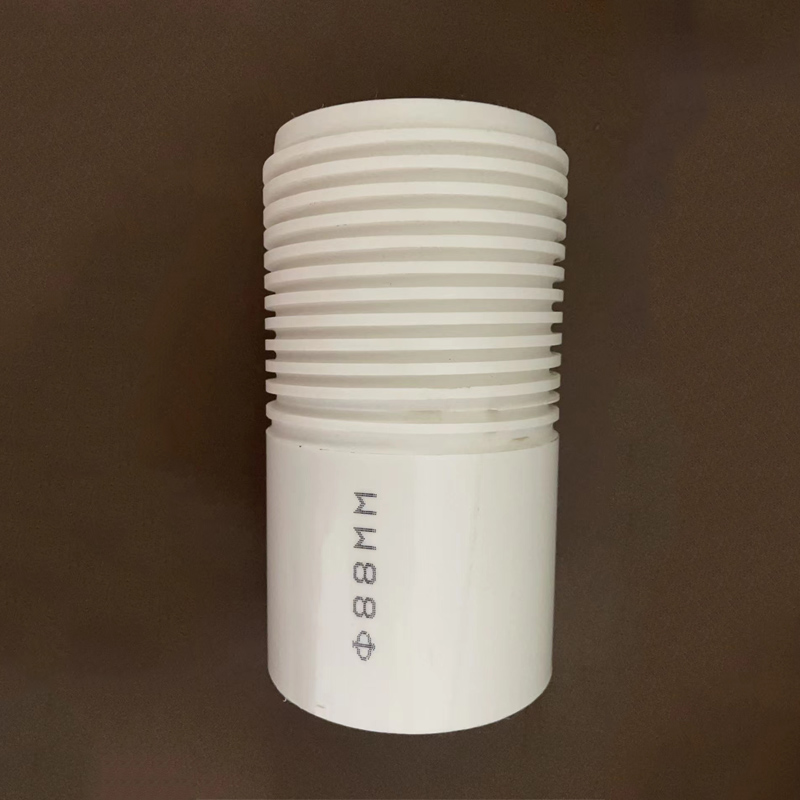Aug . 14, 2024 11:41 Back to list
Comprehensive Guide to HDPE Pipe Sizes and Dimensions for Various Applications and Services
Understanding HDPE Pipe Sizes and Dimensions
High-Density Polyethylene (HDPE) pipes have gained significant popularity across various industries due to their durability, lightweight nature, and resistance to chemicals and environmental stress. As municipalities and industries continually seek efficient solutions for water supply, sewage, and drainage systems, HDPE piping has emerged as a preferred choice due to its advantageous properties. This article aims to explore HDPE pipe sizes, dimensions, and their relevance in modern applications.
Overview of HDPE Pipes
HDPE pipes are made from thermoplastic material, which provides them with remarkable flexibility and strength. They are available in various sizes and dimensions, suitable for a wide array of applications ranging from agriculture and mining to municipal water supply and industrial uses. One of the key factors influencing the selection of HDPE pipes is their diameter, which directly affects flow rates, installation requirements, and overall system efficiency.
Standard Sizes of HDPE Pipes
HDPE pipes are typically available in both nominal and actual diameters. The most common nominal sizes range from 1 inch (25mm) to 48 inches (1200mm), which are widely used across different sectors. The most prevalent standard for HDPE pipes is the ASTM (American Society for Testing and Materials) D3350, which specifies the physical and mechanical properties of the pipe material.
In the United States, the Common Pressure Pipe Size Series includes sizes such as 1, 2, 3, 4, 6, 8, 10, 12, 16, and upwards to 48 inches. Each of these nominal sizes corresponds to specific outside diameters. For instance, a 4-inch HDPE pipe typically has an outside diameter of approximately 4.5 inches. Understanding the nominal sizes and corresponding dimensions helps engineers and contractors select the right pipe for their applications.
SDR and Wall Thickness
Another essential aspect of HDPE pipes is the Standard Dimension Ratio (SDR). The SDR is the ratio of the pipe's outer diameter to its wall thickness. For example, an SDR of 11 means that the outer diameter is 11 times the wall thickness. HDPE pipes are available in various SDR ratings, which indicates the pressure rating and strength of the pipe. Lower SDR numbers correspond to thicker walls and higher pressure ratings, making them suitable for more demanding applications, such as high-pressure water distribution systems.
hdpe pipe sizes and dimensions service

Importance of Pipe Dimensions
Selecting the appropriate size and dimensions of HDPE pipes is critical for various reasons
1. Flow Efficiency The diameter of the pipe significantly affects flow rates. A larger diameter allows more water to flow through, reducing the chances of bottlenecking and enhancing overall system efficiency.
2. Pressure Management Different applications require different pressure ratings. Understanding the wall thickness and SDR is vital to ensure that the pipes can withstand the operational pressures without failing.
3. Installation and Cost The size of the pipe can impact installation costs and feasibility. Larger pipes may require heavy equipment for installation, while smaller pipes may be easier and more cost-effective to handle.
4. Compatibility In many cases, existing infrastructure will dictate the size of new piping systems. Ensuring compatibility with existing systems helps in maintaining operational efficiency and reducing costs associated with retrofitting.
Conclusion
In conclusion, when considering HDPE pipes for any project, understanding the sizes and dimensions is crucial for achieving optimal performance and longevity. With a wide variety of nominal sizes, SDR ratings, and the ability to withstand various pressures, HDPE piping is an excellent investment for future-proofing water management systems. As industries continue to prioritize sustainability and efficiency, HDPE pipes’ role will undoubtedly expand, making knowledge of their specifications and applications increasingly important for engineers, contractors, and municipal planners alike.
-
32mm HDPE Pipes in Coil: Durable, Flexible, Easy Install
NewsAug.10,2025
-
140mm PVC Drilling Pipe: Durable & Efficient Well Casings
NewsAug.09,2025
-
Flexible DN50 HDPE Pipes in Coils: Durable & Easy Install
NewsAug.08,2025
-
DN100 PVC Pipes for Well Casings | Durable & Corrosion-Proof
NewsAug.07,2025
-
Durable DN500 HDPE Double Wall Corrugated Drain Pipes
NewsAug.06,2025
-
32mm HDPE Pipes Coil: Durable & Flexible Water Supply
NewsAug.05,2025

